Free Downloadable Diagram – Signing the Constitution
$0.00
Free PDF download of the black and white “Signing the Constitution” diagram or key. This is an 8×10 image that we use in our Freedom Gallery.
Signing the Constitution formally ended what historians call “The Critical Period.” This six year period of time from the defeat of Cornwallis in 1781 to September 17, 1787 was extraordinarily precarious. During this time the new nation was shocked by the harsh reality of their victory. The United States was bankrupt, with a Congress that was powerless to raise revenue or compel unity among the states. Veterans were discharged from the Continental Army without the pay they had been so ardently promised and returned home penniless. Without money the veterans could not pay the debts they had accumulated over the years while they were serving their country, and bank foreclosure and bankruptcies reached horrifying levels.
On May 22, 1782, Colonel Lewis Nicola proposed a scheme to General Washington in which he urged Washington to take control of the government by marshal law and provide more decisive leadership. To strengthen an ineffective government he proposed that General Washington become King of America!
George Washington was mortified at this suggestion. This was the same tyranny from which America had just escaped under Great Britain. Washington wrote Nicola: “You could not have found a person in whom your schemes are more disagreeable. Let me conjure [call upon] you then, if you have any regard for your Country, concern for yourself or posterity, or respect for me, to banish these thoughts from your Mind, and never communicate, as from your self, or any one else, a sentiment of like Nature.”
In these perilous circumstances George Washington wrote a letter to the governors of each of the 13 states expressing both his vision for the new nation and his concerns for its survival. Washington said, “…it is yet to be decided, whether the Revolution must ultimately be considered as a blessing or a curse: not to the present age alone, for with our fate will the destiny of unborn Millions be involved.”
James Madison was one of the first delegates to realize that America needed a stronger federal government to run both domestic and foreign affairs. At the Annapolis (Maryland) Convention in September, 1786, it was decided to hold a convention the following spring to “revise and correct the defects of the federal system.”
The Federal Convention convened in the State House (Independence Hall) in Philadelphia on May 14, 1787 to revise the Articles of Confederation. George Washington served as the President of the Convention. Because the delegations from only two states were present at first, the members adjourned from day to day until a quorum of seven states was obtained on May 25. Through discussion and debate it became clear by mid-June that, rather than amend the existing Articles of Confederation, the Convention would draft an entirely new frame of government. Thus began the famous Constitutional Convention.
The Convention was held in strict privacy with windows closed in the heat of the summer. No information leaks were permitted until the new constitution was complete. Americans were very wary of granting a federal government too much power and would need to be convinced that a constitution granting the federal government more power than it already had was necessary.
A total of 74 delegates were appointed to the Convention. Only 55 actually attended sessions. Rhode Island refused to participate in what they saw as a conspiracy to overthrow the established government. The flamboyant Patrick Henry not only refused to attend, but also campaigned against ratification of the Constitution after it was written. Henry and other state political leaders feared the strengthening of the central government.
On June 28, when the debate became extremely intense, the 81-year-old Benjamin Franklin made his famous plea for prayer in which he said, “…God governs in the affairs of men. And if a sparrow cannot fall to the ground without His notice, is it probable that an empire can rise without His aid?…I therefore beg leave to move–that henceforth prayers imploring the assistance of Heaven, and its blessings on our deliberations, be held in this Assembly every morning before we proceed to business, and that one or more of the clergy of the City be requested to officiate in that Service.” His motion carried, and since that date every session of Congress has opened with prayer.
After much heated debate and compromise, on Monday, September 17, 1787, a total of 41 of the original 55 delegates solemnly met in the east room of Independence Hall for the signing. On this occasion Benjamin Franklin observed, “…I consent, Sir, to this Constitution because I expect no better, and because I am not sure, that it is not the best.” He then moved that the United States Constitution be signed by the members of the Constitutional Convention.
The document was signed and sent to Congress, which soon forwarded printed copies of the proposed Constitution to state ratification conventions (not the state legislatures) so it would be the people’s Constitution. By June 21, 1788, conventions in nine states ratified the Constitution making it the supreme law of the land.
Howard Chandler Christy was born in Duncan Falls, Ohio where he grew up on his family farm. While living in Ohio, he became famous for his stylized depictions of women, popularly known as “Christy Girls.” These illustrations appeared in many publications and were eventually used on recruitment posters for World War I. In the late 1930’s Christy was commissioned to paint a 20×30 foot oil work entitled “Signing the Constitution” which was dedicated in 1940 and now hangs in the U.S. Capital. It took three years to research and six months to paint. It depicts 38 founders and one secretary signing the Constitution on September 17, 1787 at Independence Hall in Philadelphia. Howard Chandler Christy was one of America’s most distinguished illustrators, whose work, like that of Norman Rockwell, successfully captured the pulse of America.

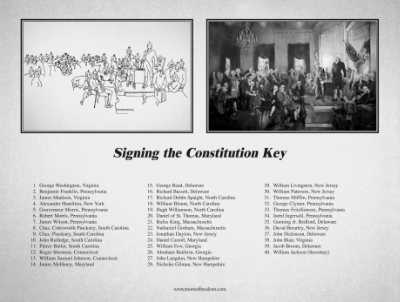
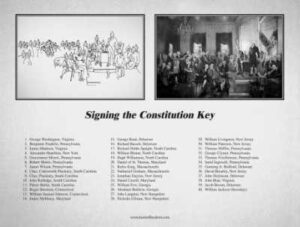
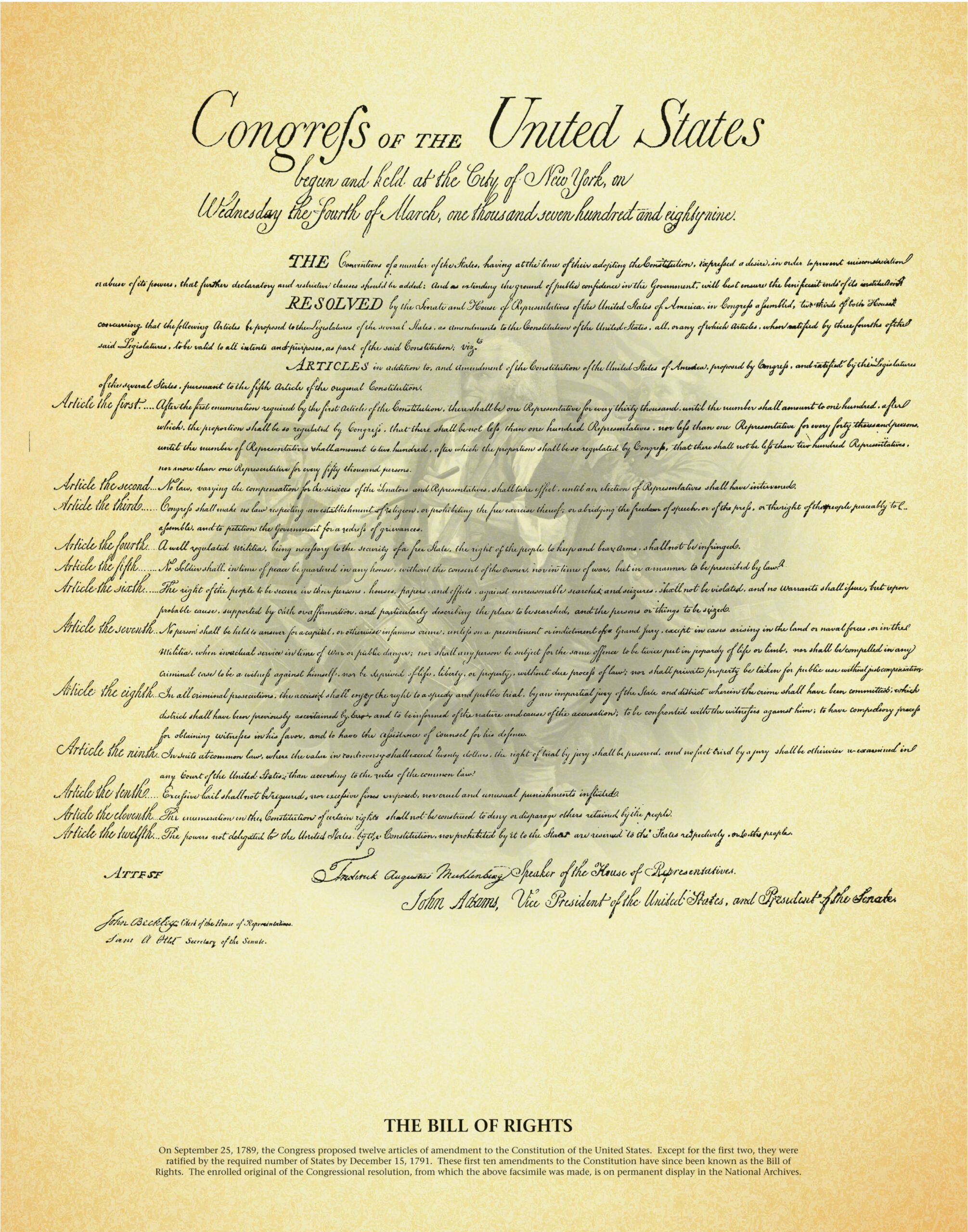
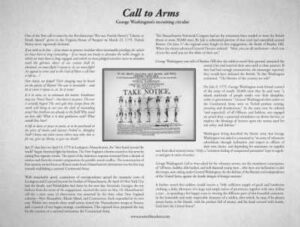
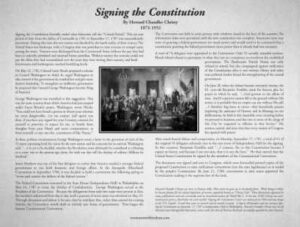
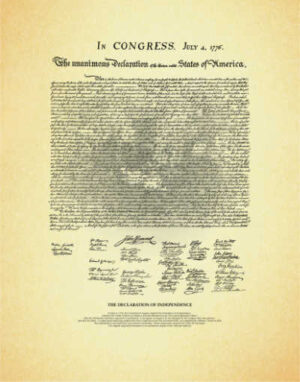
Reviews
There are no reviews yet.